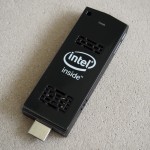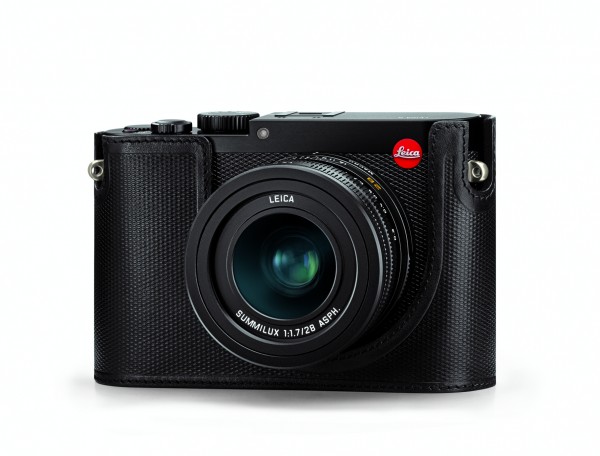
Buying a Leica camera is like buying a very expensive watch – it’s a luxury item. Hung around the necks of people who have no idea of photography, it is a status symbol.
Yet, if you care even a little for image quality, you can’t deny the uniqueness of a Leica camera. The images it produces can be nothing short of breathtaking – if it’s used right.
The German company’s new Q camera wants to attract both amateurs and experts alike. Costing about half the flagship M camera system, the fixed-lens camera promises superb image quality and usability. And it’s a luxury item, for sure.
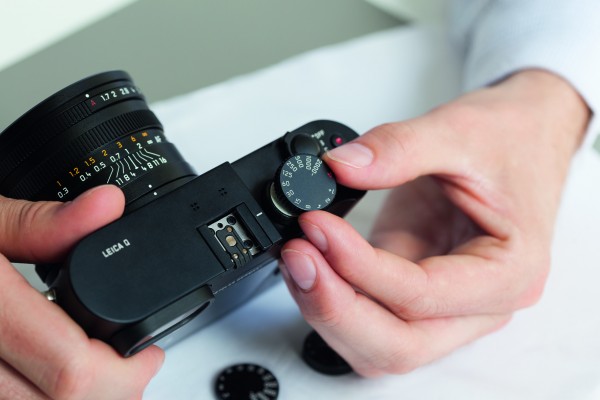
Unlike its previous “mass market” cameras that had been seen, at best, as re-badged Japanese cameras, the Leica Q is hand-made in Germany with the same attention to detail as the M.
The camera body quickly makes you feel that you are holding the more expensive M camera. It’s smaller and lighter at 640g, but feels solid thanks to the use of magnesium and aluminium.
The shutter and aperture settings are controlled in the same way as the M and the much-liked Fujifilm X100. Both are based on how rangefinders cameras are designed and used.
Arguably, this is the best way to change settings on a camera. It is fast and intuitive without the need to pry your eyes away from the viewfinder.
When it comes to viewfinders, the Q has one of the best around, even rivaling the big and bright electronic viewfinder used on the Fujifilm X-T1.
During my tests this past week, it was easy on the eyes, sharp and clear even in dark places where a lot of EVFs fail badly.
Focusing is also one of the Q’s strongest points and it consistently locks on to subjects quickly, even in dark places.
A German-made Leica that has a super fast and accurate auto-focus is a welcome change from the manual-only focus on M cameras. In this department, the Q even bests many mirrorless cameras from other competing brands.


Optically, the Q’s Summilux 28mm f1.7 fixed lens is a joy to use. Its sharpness, colour saturation and bokeh in the background when focusing nearby objects are excellent.
The fixed lens camera also has a macro function built in that can be activated easily. You twist the ring on the lens barrel, instead of the usual button-pressing with other cameras.
All these small details and innovative ways of setting up the camera provide the Leica experience that other cameras will find hard to replicate.
It’s true the 28mm focal length on the Q may be too wide for some users. So, the Q allows users to overlay a frame on the screen or zoom in via the viewfinder to find the focal length they desire.
Consequently, the Q saves these pictures only at 15-megapixel and 8-megapixel resolutions for 35mm and 50mm focal lengths respectively, as they are effectively a crop from the 24-megapixel sensor.
Fortunately, the Q does keep a copy of the uncropped version of the shot in the RAW .DNG format. This means further re-cropping and post-editing can be done later.
Speaking of the image quality, the Leica has finally made the effort to improve its full frame 24-megapixel sensor performance in the Q.
Test shots at ISO3200 are very usable. The camera is more than sufficient for most shooting conditions when matched with the Summilux f1.7 lens.

Despite the advances, there are some areas the Q can improve on.
For example, when the Q is on Program mode, the multi-mode dial next to the shutter speed dial should be used for Exposure Compensation (EV) instead of a Aperture/Shutter combination selector.
The workaround is to set the function (Fn) button to Exposure Value to quickly access the exposure settings. This is actually more onerous and mars an otherwise positive experience with the Q.
Ergonomics-wise, the camera is much easier to bring around than a similar setup with the M system, which will weigh more than 1kg when combined with a lens of equivalent focal length.
That being said, with the lack of a hand grip at the front, the camera’s weight can be felt as the day progresses. Although I understand that the grip will compromise the camera’s sleek look, an uncomfortable camera after a long day of shooting counts against it.
Leica does sell a S$180 hand grip as an additional accessory. I think it should be included as a package.
Good as it is, the Q isn’t perfect when it comes to images. Despite the generally stellar performance, there were some shots that presented banding during my tests.
I’m still figuring why this is so. One reason could be that the camera’s processing from raw data to the DNG RAW file format.
I believe the incidence of this happening is pretty low and only comes about when the camera is shooting in unusually difficult conditions.
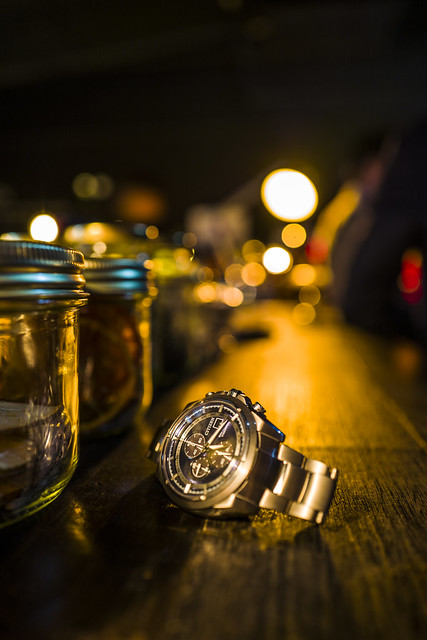
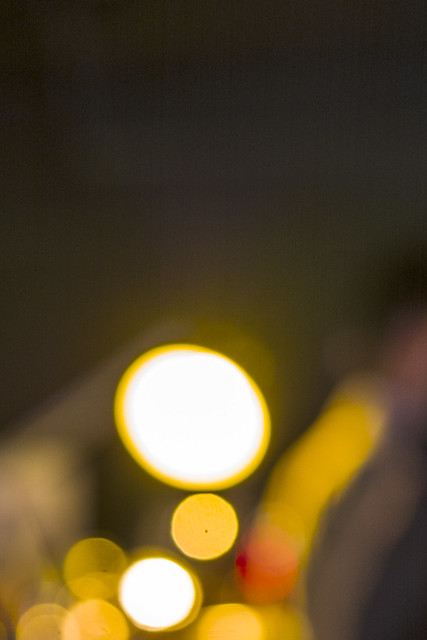
What I do like is that Leica has included much-desired “modern” features in the Q. Now, you can share photos easily from the Q to the smartphones.
It’s a pity I did not get to test the Q’s capability on this as the Android version of the Leica camera’s app is still in the works. So, if you are using such a smartphone, you might have to wait a little longer to try out this feature.
There are also some unexpected inclusions that break from the Leica tradition. The Q has auto and scene modes which users have taken for granted in other cameras but are new in the top-of-the-range Leica cameras.
With them, you can take miniature shots where a faux shallow depth of field can create a sense of smallness of the subject. There’s also a panoramic function, meant for occasions when the 28mm focal length is not wide enough.
Unfortunately, the panoramic function can be improved. During my tests, I found the range still quite narrow, so in the end I didn’t use that function as much.
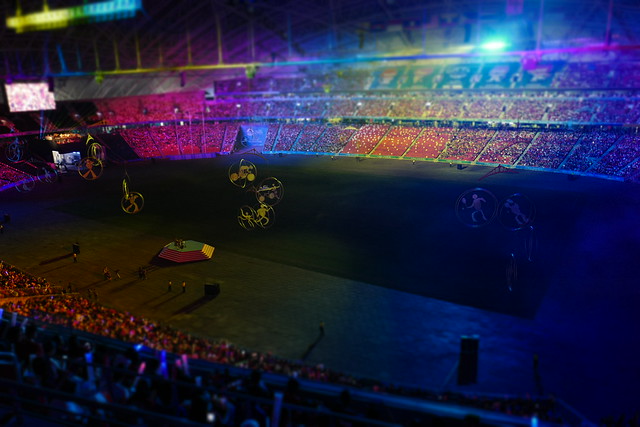
For S$5,990, the Leica Q is still an expensive camera. With a fixed lens, it is also more suitable for users who are accustomed to shooting with a single focal length.
Plus, take note that the Q’s 28mm may seem a bit too wide for street photography, for which 35mm and 50mm are more popular choices.
That problem could be solved by buying a camera that lets you change up your lenses. You can find very capable rivals in the form of Fujifilm’s X-T1 and Sony’s A7, for a fraction of the price that Leica is asking for.
Then again, do you want to own a Leica? If that is what you desire, then the Q has made Leica more accessible than before – with the quality that the brand is noted for. Just be aware of its limitations.
